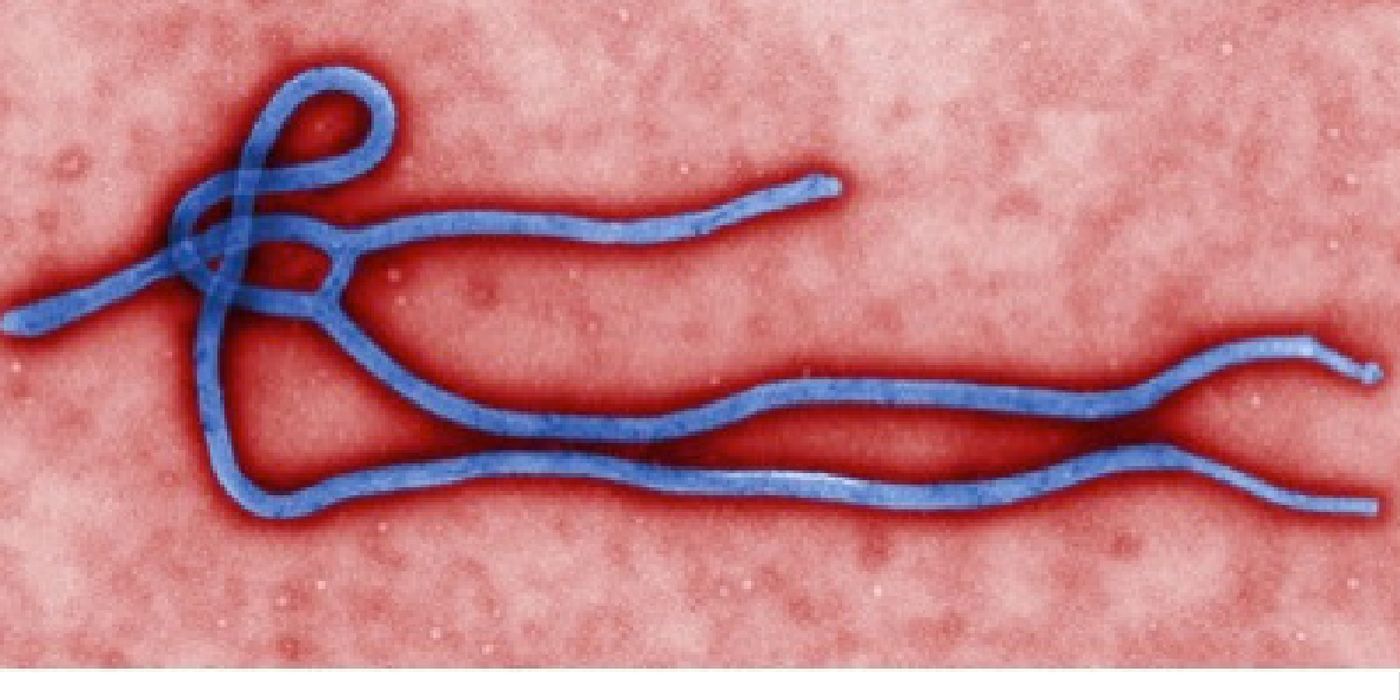For people who are lucky enough to survive an Ebola infection, the virus doesn't go away without leaving some traces behind. In particular, scientists found that some Ebola survivors have unique scars in the back of their eyes. Such characteristics could lead to potential diagnostic potential for the disease, as well as lend new insight into the biology of the infection.
In January 2016, the World Health Organization (WHO) officially declared the end to the largest Ebola outbreak in history. The outbreak ravaged West Africa in 2014 and 2015, killing over 11,000 people and causing a huge international health crisis.
Despite the high mortality rate associated with the disease, some infected people do recover. And in those who survived, scientists wanted to find out whether Ebola left some visible scars.
The scientists studied a group of 82 Ebola survivors from Sierra Leone. Interestingly, when the team examined the eyes of people in this group, they found signs of scarring at the back of their eyes in about 15 percent of the survivors. By contrast, people who lived in the region but were never infected did not have this unique feature.
The retinal lesion varied among those who had it, but “often [resembled] a diamond or wedge shape,” the scientists wrote. Furthermore, they observed that the scar “appears unique” and “is not characteristic of any other retinal disease.” That is, the scars most likely were caused by Ebola exposure.
The team also observed that the scars were most commonly located next to where nerve fibers connect the eye to the brain. Based on this, they postulate the virus’ route of entry into the eyes had to be along the optic nerve.
The appearance of the retinal scars seemed to be superficial, at least in the short-term. People with the scars seemed to perform equally well on vision acuity tests as people without the scars. However, there’s no guarantee that Ebola exposure doesn’t damage vision in the long-term. So far, previous studies indicate that some Ebola survivors experience eye symptoms, like inflammation and temporary vision loss.
Moreover, some Ebola survivors in the current study had cataracts that could be linked to the virus. Fortunately, when the eye fluids of these patients were analyzed, no trace of the virus were found. This suggest the virus doesn’t linger in eye fluids, and that cataract surgery would be safe for these people.
Of note, the Ebola virus causes severe hemorrhagic fevers, which can often be fatal. The natural reservoir for Ebola is still unknown, but humans can get the virus through direct contact with infected blood or body fluids. People infected with Ebola start showing signs and symptoms from 2 to 21 days after exposure. In the beginning stages, symptoms can be non-specific, including fever, muscle pain, headache, and vomiting. Symptoms of hemorrhagic syndrome occur in the advanced stages of infection. There are yet no licensed vaccines or therapies against this virus.
Additional source: Live Science









